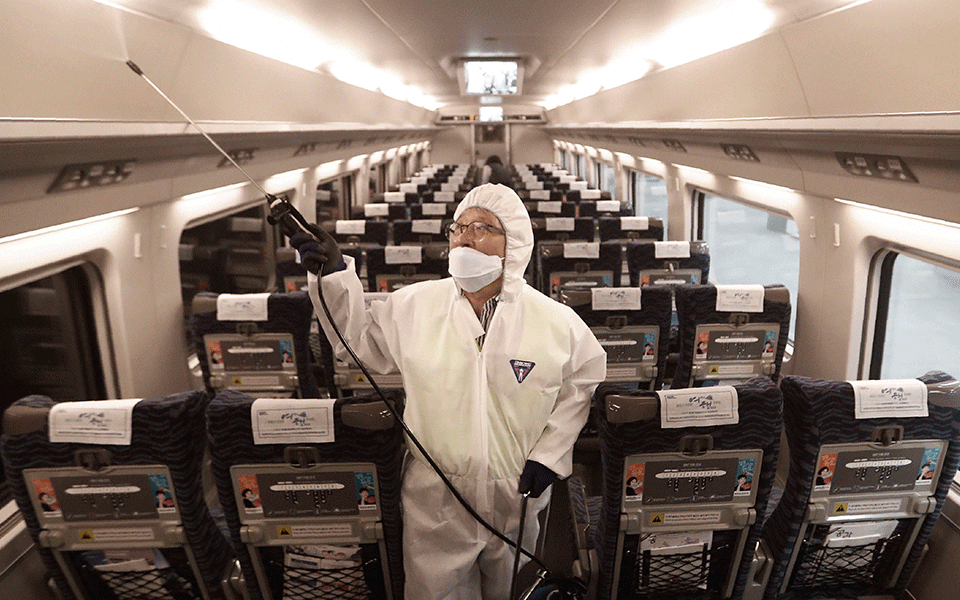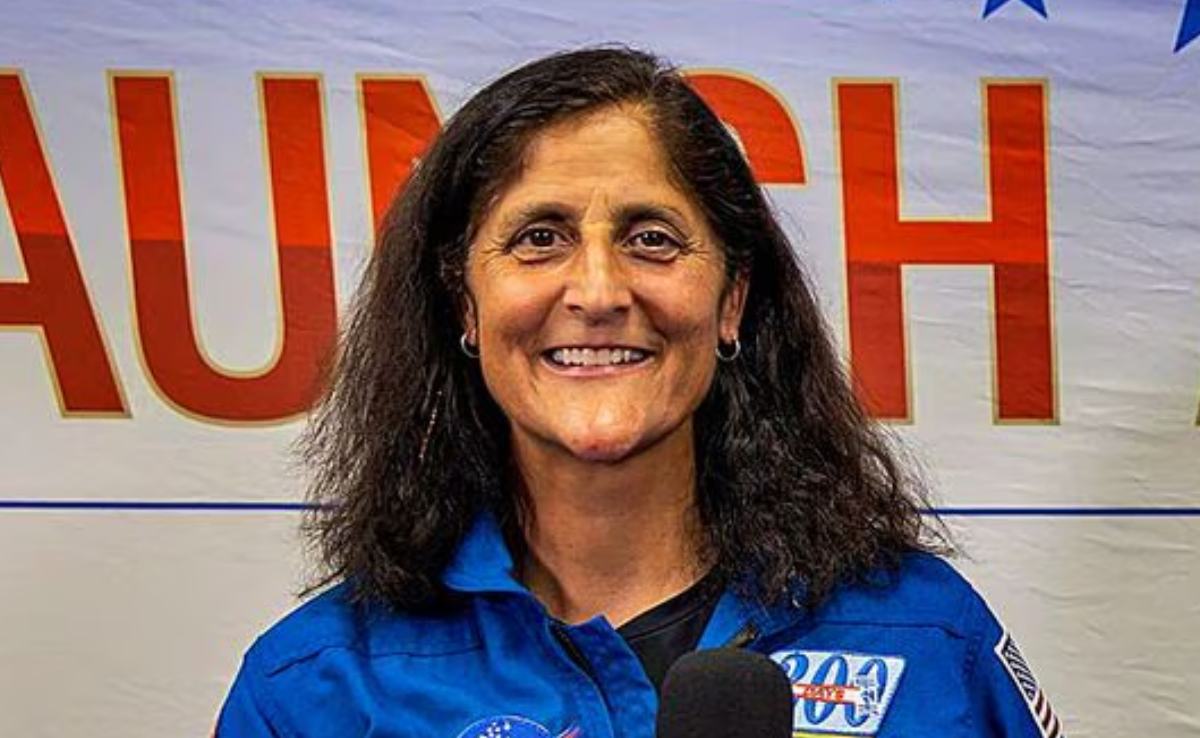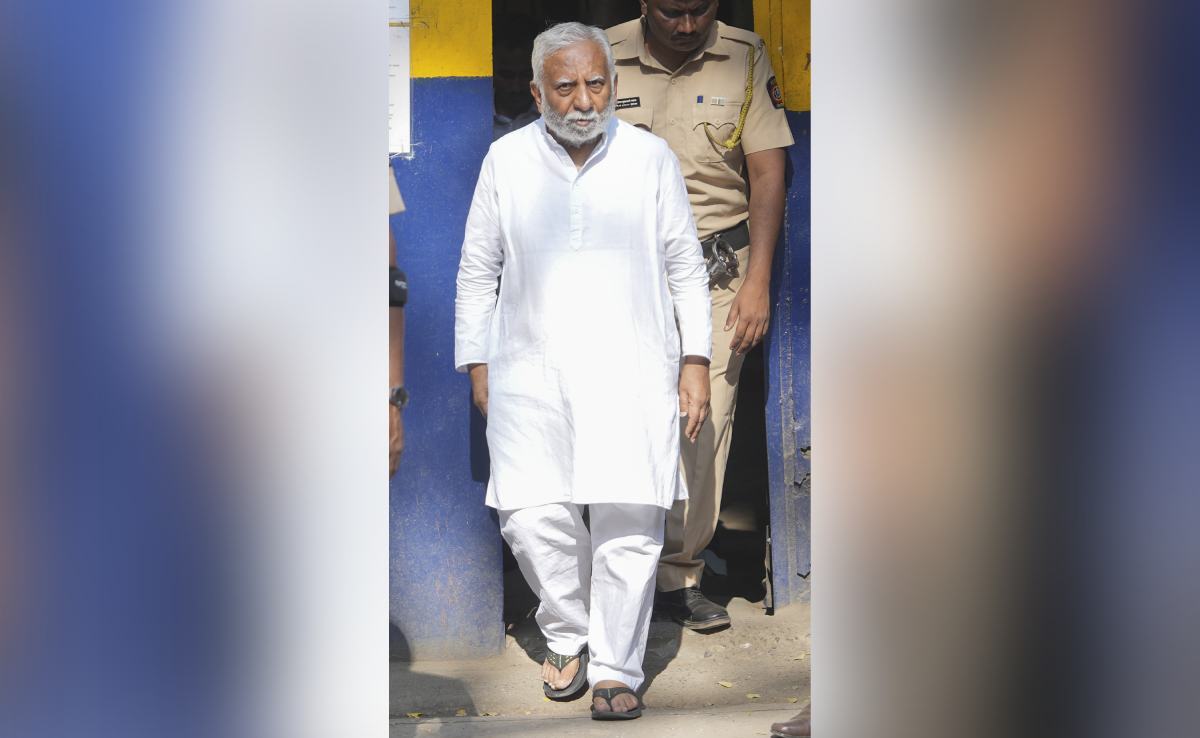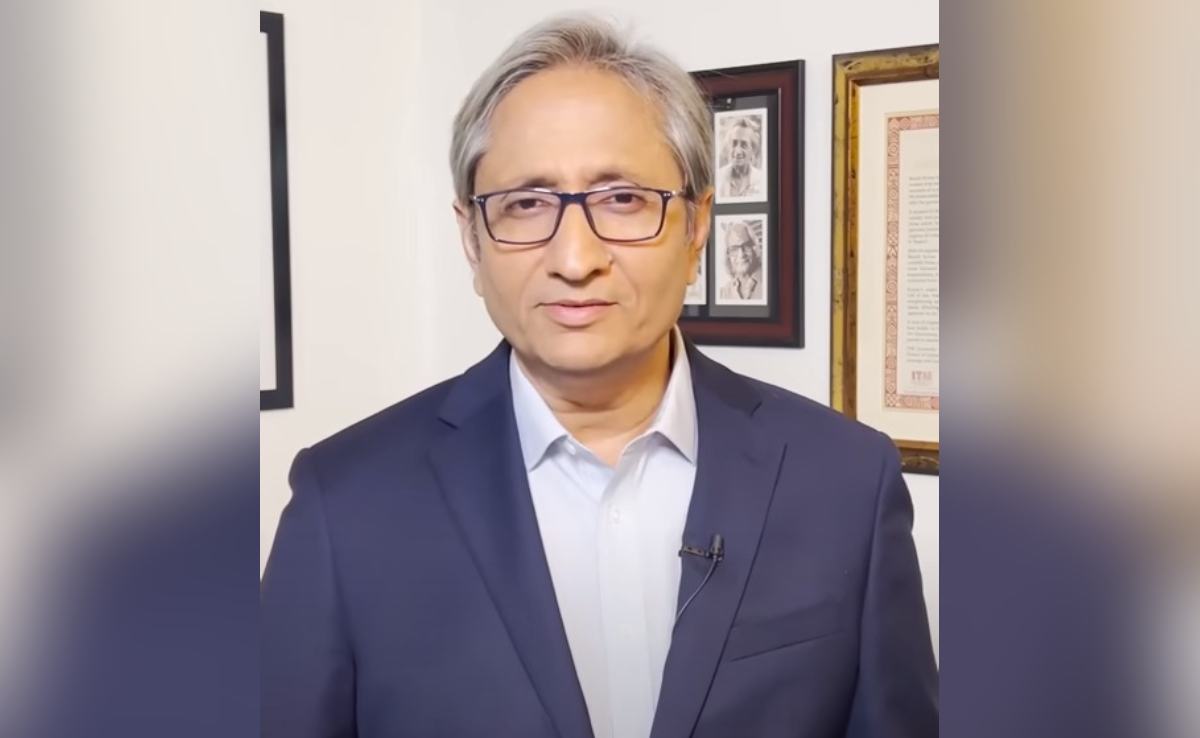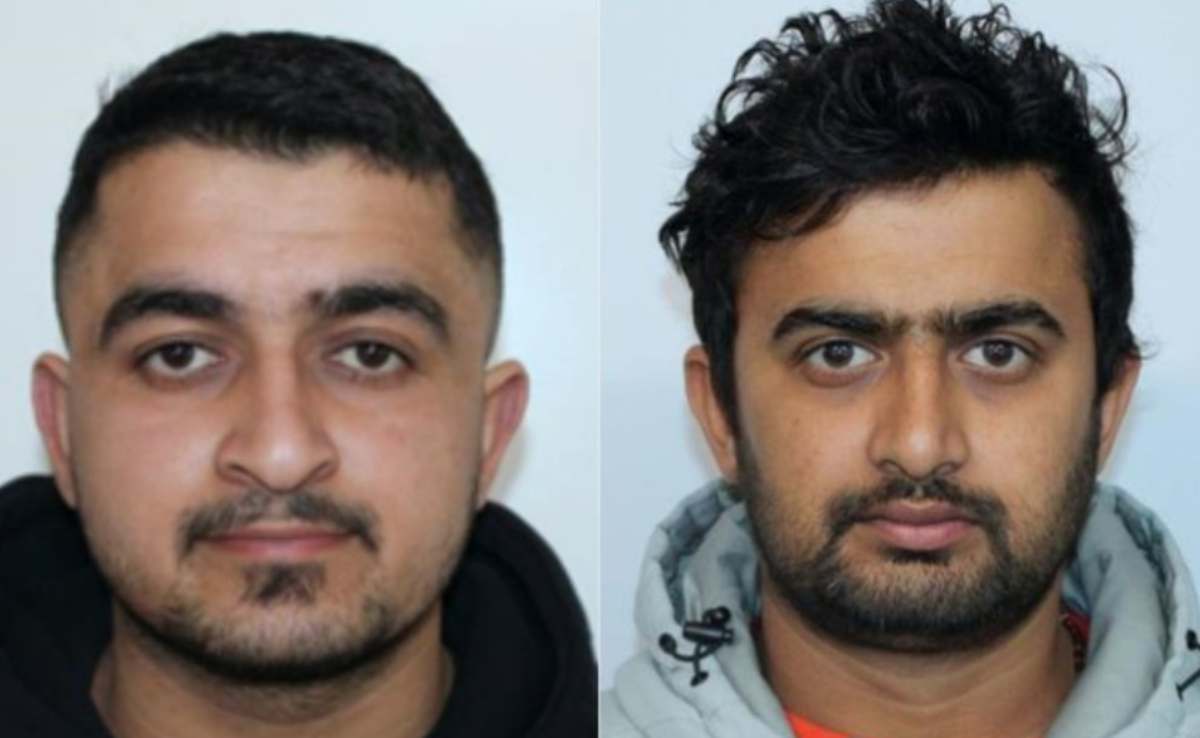New Delhi: An Indian Air Force aircraft on Thursday evacuated 76 Indians and 36 foreign nationals from the coronavirus-hit Chinese city of Wuhan.
The C-17 Globemaster III transport aircraft was sent to Wuhan on Wednesday and it carried 15 tonnes of medical supplies for coronavirus-affected people in China.
On its return, the aircraft brought back 112 people including 23 citizens from Bangladesh, six from China, two each from Myanmar and the Maldives and one each from South Africa, the US and Madagascar.
Earlier, India had evacuated around 650 Indians from Wuhan in two Air India flights.
"In all 723 Indian nationals and 43 foreign nationals have been evacuated from Wuhan, China in these three flights," the Ministry of External Affairs (MEA) said.
On the medical supplies delivered by India to China, the MEA said they will help augment the country's efforts to control the coronavirus outbreak which has been declared as a public health emergency by the World Health Organisation.
"The assistance is also a mark of friendship and solidarity from the people of India towards the people of China as the two countries also celebrate 70th anniversary of establishment of diplomatic relations this year," it said.
Let the Truth be known. If you read VB and like VB, please be a VB Supporter and Help us deliver the Truth to one and all.
Washington, May 6: Indian-origin astronaut Sunita Williams is ready to fly into space for the third time on Tuesday as the pilot aboard Boeing’s Starliner spacecraft in its the first crewed test flight.
Boeing’s Starliner will blast off for the International Space Station from Cape Canaveral in Florida.
Starliner will carry Williams, 58, and Butch Wilmore to the International Space Station, marking what could be a momentous and long-awaited victory for the beleaguered Boeing programme.
The scheduled lift-off is set for 22:34 local time on Monday (8:04 am IST on Tuesday)
"We are all here because we are all ready. Our friends and family have heard about it and we've talked about it and they are happy and proud that we are part of the process to fix it all," the BBC quoted Williams as saying
The mission has been delayed for several years because of setbacks in the spacecraft's development.
If it is successful, it will become the second private firm able to provide crew transport to and from the ISS, alongside Elon Musk's SpaceX.
Such a scenario — with both SpaceX’s Crew Dragon and Starliner flying regularly — is one for which the US space agency NASA has long waited.
“Design and development is hard — particularly with a human space vehicle,” said Mark Nappi, vice president and Starliner programme manager at Boeing, during a Thursday news briefing.
“There’s a number of things that were surprises along the way that we had to overcome. … It certainly made the team very, very strong. I’m very proud of how they’ve overcome every single issue that we’ve encountered and gotten us to this point,” Nappi said.
“This is history in the making,” NASA Administrator Bill Nelson said of the upcoming Starliner mission during a March 22 news conference. “We’re now in the golden era of space exploration.”
This is Boeing’s second flight to the International Space Station and third Starliner flight test overall, following a second Orbital Flight Test, the uncrewed mission also known as OFT-2, in May 2022. Boeing also completed pad abort demonstration in November 2019, according to NASA.
As the final flight test for Starliner, NASA’s Boeing crew flight test will validate the transportation system, including the launch pad, rocket, spacecraft, in-orbit operational capabilities, and return to Earth with astronauts aboard, it said.
SpaceX and Boeing developed their respective vehicles under NASA’s Commercial Crew Programme, a partnership with private industry contractors. From the outset, the space agency aimed to have both companies operating at once. The Crew Dragon and Starliner spacecraft would each serve as a backup to the other, giving astronauts the option to keep flying, even if technical issues or other setbacks grounded one spacecraft.
Williams received her commission as an Ensign in the United States Navy from the United States Naval Academy in May 1987.
Williams was selected as an astronaut by NASA in 1998 and is a veteran of two space missions, Expeditions 14/15 and 32/33.
She served as a flight engineer on Expedition 32 and then commander of Expedition 33.
During her first spaceflight, Expedition 14/15, Williams was launched with the crew of STS-116 on December 9, 2006, docking with the International Space Station on December 11, 2006.
While onboard, she established a world record for females with four spacewalks totalling 29 hours and 17 minutes. Astronaut Peggy Whitson subsequently broke the record in 2008 with a total of five spacewalks.
On Expedition 32/33, Williams was launched from the Baikonur Cosmodrome in Kazakhstan, along with Russian Soyuz commander Yuri Malenchenko and Flight Engineer Akihiko Hoshide of the Japan Aerospace Exploration Agency, on July 14, 2012.
Williams spent four months conducting research and exploration aboard the orbiting laboratory.
She landed in Kazakhstan on November 18, 2012, after spending 127 days in space.
During their Expedition, Williams and Hoshide performed three spacewalks to replace a component that relays power from the space station’s solar arrays to its systems and repair an ammonia leak on a station radiator. With 50 hours and 40 minutes, Williams once again held the record for total cumulative spacewalk time by a female astronaut. The record has since been overtaken by Peggy Whitson. Williams has spent a cumulative total of 322 days in space.
Williams was born in Euclid, Ohio, to Indian-American neuroanatomist Deepak Pandya and Slovene-American Ursuline Bonnie (Zalokar) Pandya.
She holds a physical science degree from the US Naval Academy and a Master of Science in Engineering Management from Florida Institute of Technology.
Indian-American astronaut Sunita Williams is set to go to space for the third time as she launches onboard Boeing's Starliner spacecraft.
— DD News (@DDNewslive) May 6, 2024
The spacecraft will launch on its first crewed mission to the International Space Station on May 7 #SunitaWilliams pic.twitter.com/FIHkYV6sb4

